1. What is the research about?
This research explores how manufacturers can assess the circular economy (CE) performance of their systems with greater detail. By using manufacturing simulation models—which simulate the behavior of individual manufacturing processes—manufacturers can make better decisions during product design and production. These decisions help improve sustainability from a CE perspective.
2. What is new about this research?
Most existing research focuses on general strategies for helping manufacturers transition to a circular economy. These strategies usually target business models and system-level simulations. However, this research takes a more detailed approach by showing how manufacturers can fine-tune specific processes, such as injection molding, to optimize both environmental sustainability and CE indicators.
The key innovation is the use of unit-level manufacturing process (UMP) models to assess CE performance. These UMP models simulate how manufacturing processes behave under different conditions. Past research used UMP models for estimating sustainability, but this study takes it further by using them to evaluate CE performance indicators more accurately.
Unlike broader models that focus on a product’s entire lifecycle, this research shows how small process-specific adjustments can directly impact resource use, energy consumption, and waste reduction in manufacturing.
3. Practical applications of the research
The research applies this approach to a case study involving the manufacturing of a PVC flange coupling through injection molding. The study examines how varying amounts of recycled PVC (e.g., 100% virgin vs. 50% recycled) and changing certain process parameters, like injection velocity, ejection temperature, and melting temperature, affect energy intensity and CO2 emissions.
The case study found that increasing the use of recycled PVC significantly lowers energy consumption. Additionally, adjusting specific process parameters (like increasing injection speed) can reduce both energy intensity and CO2 emissions at the same time.
4. Implications for Manufacturing-as-a-Service (MaaS) systems
This research has important implications for creating more sustainable and circular Manufacturing-as-a-Service (MaaS) systems. By using UMP simulation models, manufacturers can predict how different design and process choices will affect both sustainability and CE performance.
UMP models for many processes are already available through initiatives like UPLCI, allowing MaaS companies to make smarter decisions. These models help in:
– Identifying which process settings to adjust to improve sustainability and CE performance.
– Estimating the benefits of using more recycled materials in the manufacturing process.
– Balancing costs, sustainability, and CE performance, which is essential for staying competitive.
By integrating these simulations into their operations, manufacturers can continually improve their processes and make their MaaS systems more sustainable and circular.
5. What’s next?
The next step is the ACCURATE project, which will build on this research. It plans to use discrete-event simulation (DES) to assess CE and sustainability indicators in manufacturing. These models will simulate both manufacturing and supply chain behavior, helping researchers understand how these systems perform under disruptions like supply shortages or machine breakdowns.
The ACCURATE project aims to provide new insights for designing MaaS systems that are more resilient and robust in their sustainability and CE performance, even in the face of unexpected disruptions.











